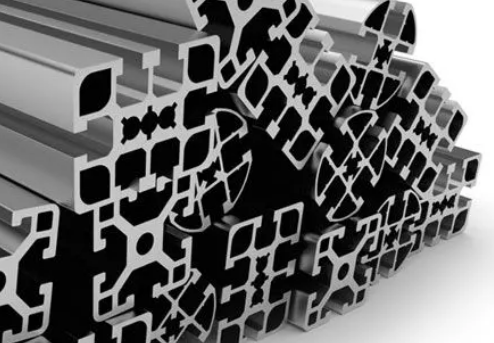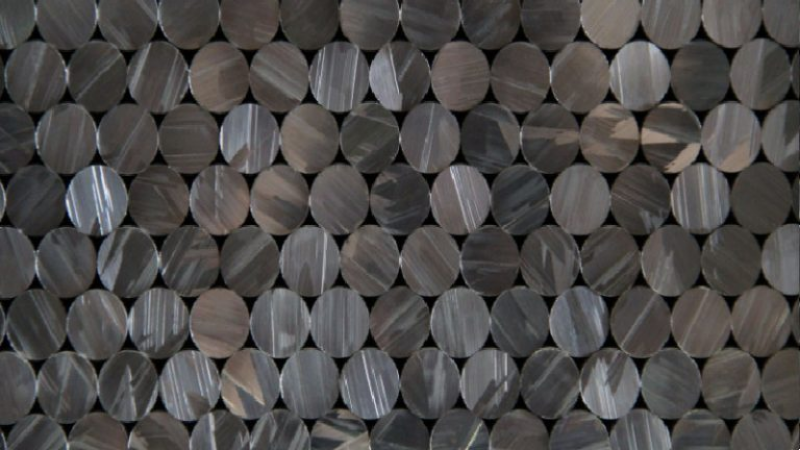M1 and M5 are two separate aluminum alloys frequently used for the fabrication of mold plates. Each has distinct characteristics that may be helpful for your next project.
To help you choose between the two, here’s a closer look at some of the differences between an M1 and an M5 aluminum mold plate.
Different Compositions
An M1 aluminum mold plate is made using magnesium as the primary alloying element. M5 is made using magnesium and chromium. The use of different alloying materials results in differences in strength, hardness, corrosion resistance, and other features.
Strength and Hardness
M5 aluminum includes chromium, which helps add to its overall strength and hardness. Compared to M1 aluminum, it is less prone to deformation and general wear. However, M1 is still resilient and suitable for high-temperature environments.
Thermal Conductivity
An M5 aluminum mold plate should provide slightly lower thermal conductivity when compared to M1 aluminum. You may achieve better results with an M1 plate if your project requires precise temperature control. The higher thermal conductivity allows it to transfer heat more efficiently.
Weldability
Because M1 and M5 are both very weldable, you can readily combine them with other alloys. However, M1’s weldability does provide you with a very small advantage. Both materials can be welded, but M5 aluminum may require more attention to detail.
Corrosion Protection
M1 aluminum doesn’t contain chromium, giving it a somewhat greater level of corrosion resistance than M5 aluminum. If your application is expected to be exposed to difficult conditions, such as maritime environments, M1 may be a better alternative.
Price and Accessibility
M1 and M5 plates are readily available from reputable suppliers at reasonable prices. Nevertheless, depending on the thickness and other factors, M5 may occasionally be more affordable.


